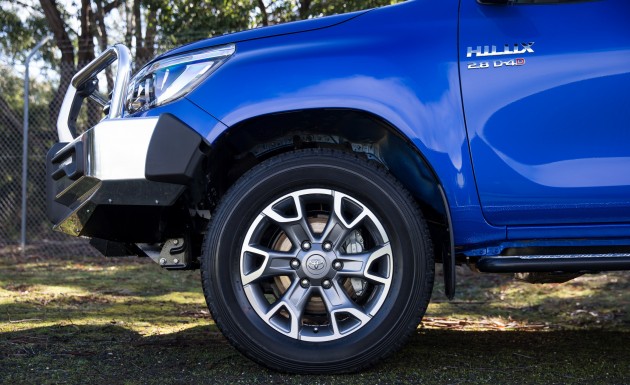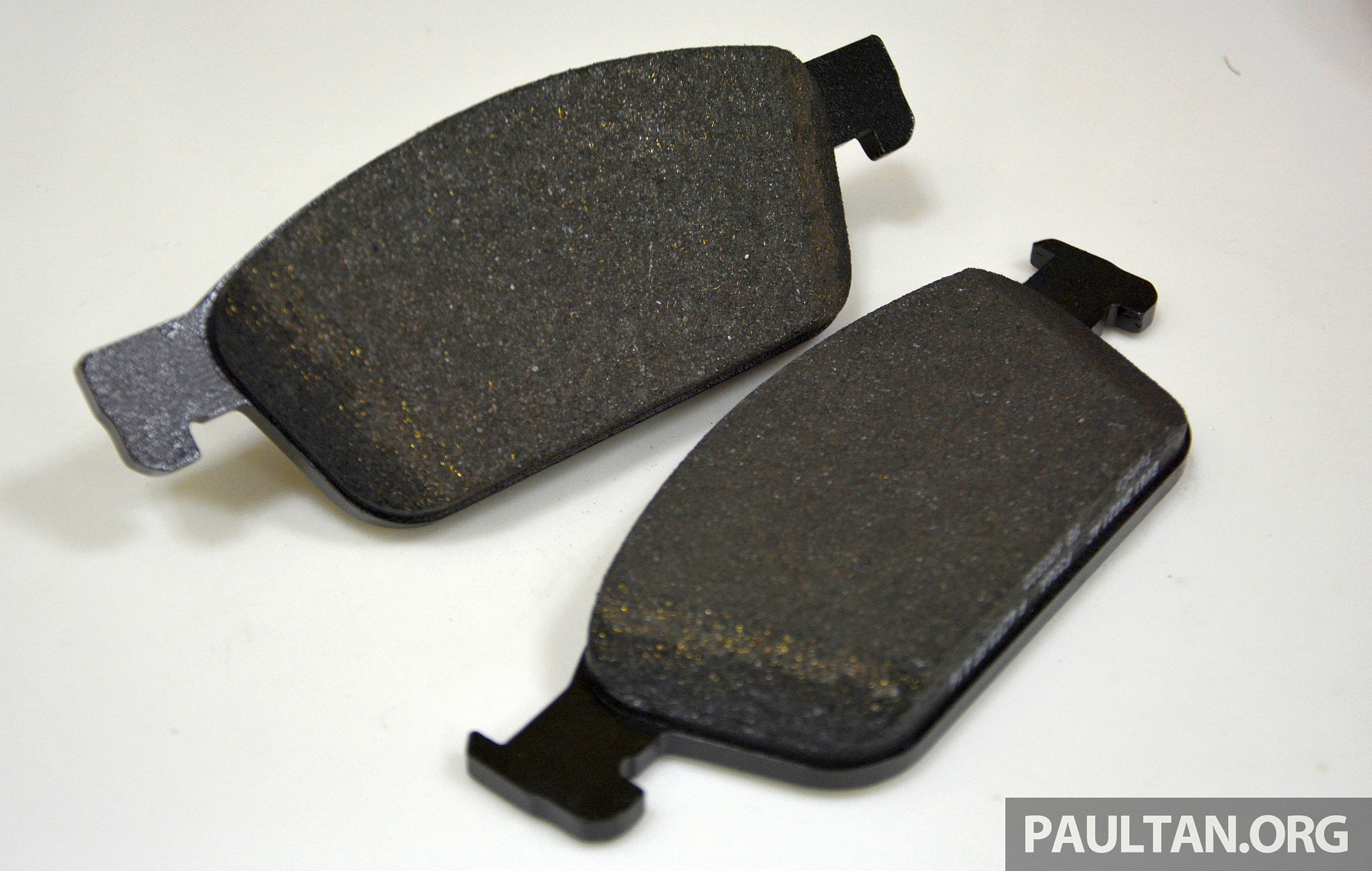Particulate matter (PM) from brake pads could be just as bad for your lungs as diesel emissions, CarExpert has cited a recent University of Southampton study as saying.
Fine PM of less than 2.5 microns in diameter (PM2.5) can reach the lungs’ alveolar regions, which has been attributed to about four million premature deaths annually, the study says, adding that brake wear is one of the many unregulated sources of PM2.5 exposure.
The research team found that copper‑enriched non‑asbestos organic and ceramic brake pads created wear which caused “the greatest oxidative stress, inflammation and pseudohypoxic HIF activation”, the latter of which is “a pathway implicated in diseases associated with air pollution exposure, including cancer and pulmonary fibrosis”.
Additionally, the study found that the brake wear PM caused by such pads could lead to “perturbation of metabolism, and metal homeostasis compared with brake wear PM from low‑ or semi‑metallic pads”, and were more likely to perturb cellular homeostasis than diesel exhaust PM.
“Currently, non-exhaust emissions are largely unregulated by legislation, meaning that there is a lack of established technologies to mitigate their release. They also tend to be more chemically heterogeneous than exhaust emissions, meaning that they may have the potential to elicit different biological effects depending on the source material.
“Together this points to an urgent and unmet need to better understand the source-specific biological effects of non-exhaust emissions, and more specifically – brake wear,” said the study’s background notes.
The research team also posited that as more electric vehicles (EVs) fill the roads, PM emissions from brakes, tyres and the road are likely to increase because of the vehicles’ higher weight.
“This trend is predicted to increase over time as there is a shift towards heavier battery electric vehicles, which generate more of these friction-derived, non-exhaust emissions,” it said.
Although the study seemingly neglects the fact that EVs typically use their electric motors to assist with braking through regeneration – so the actual brakes are not used – it still makes us wonder about the millions of other vehicles on the roads and all that braking. Your thoughts?
Looking to sell your car? Sell it with Carro.














How about micro plastics from tyres? How likely am I to get cancer or health issue if I’m living next to a major roadway?